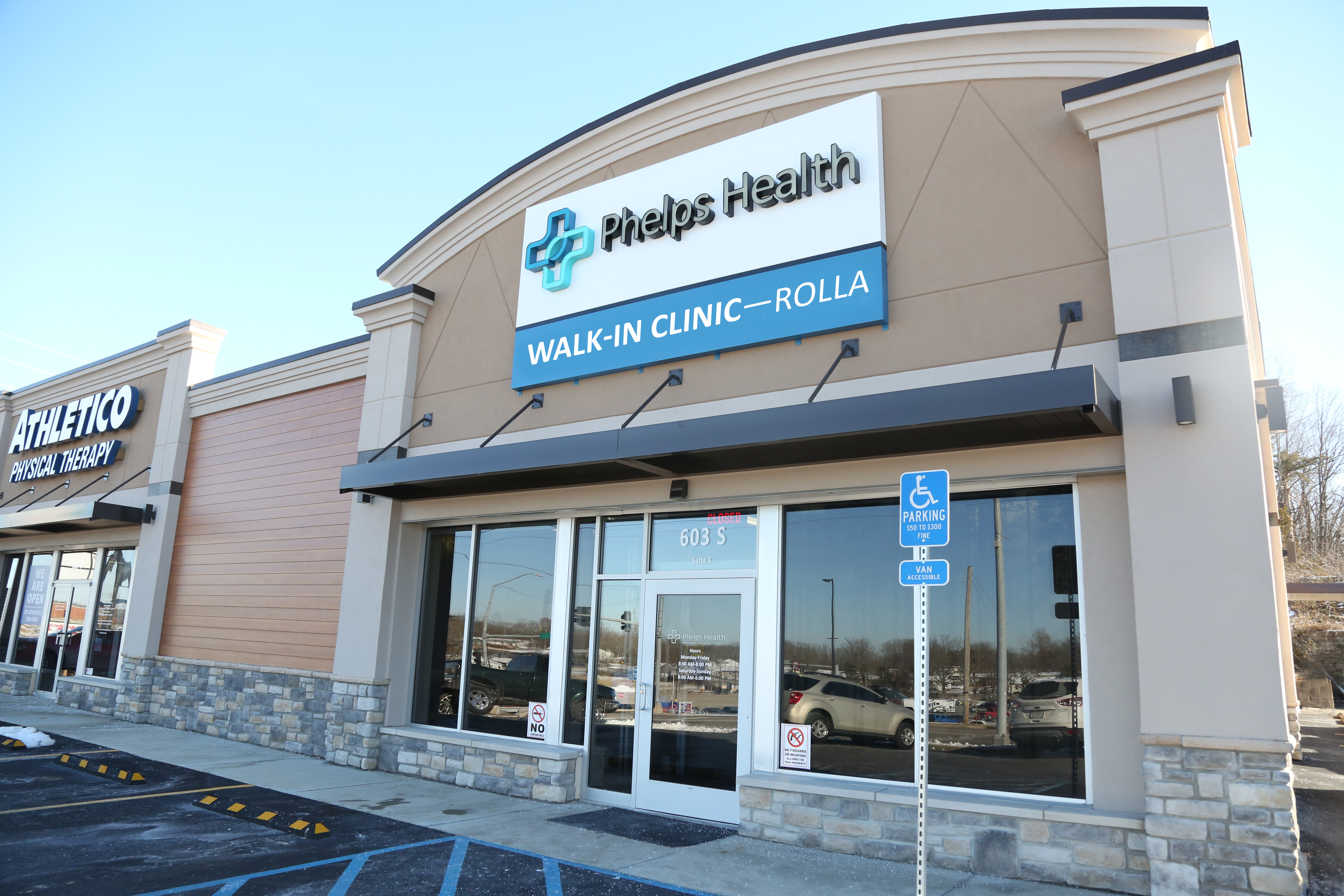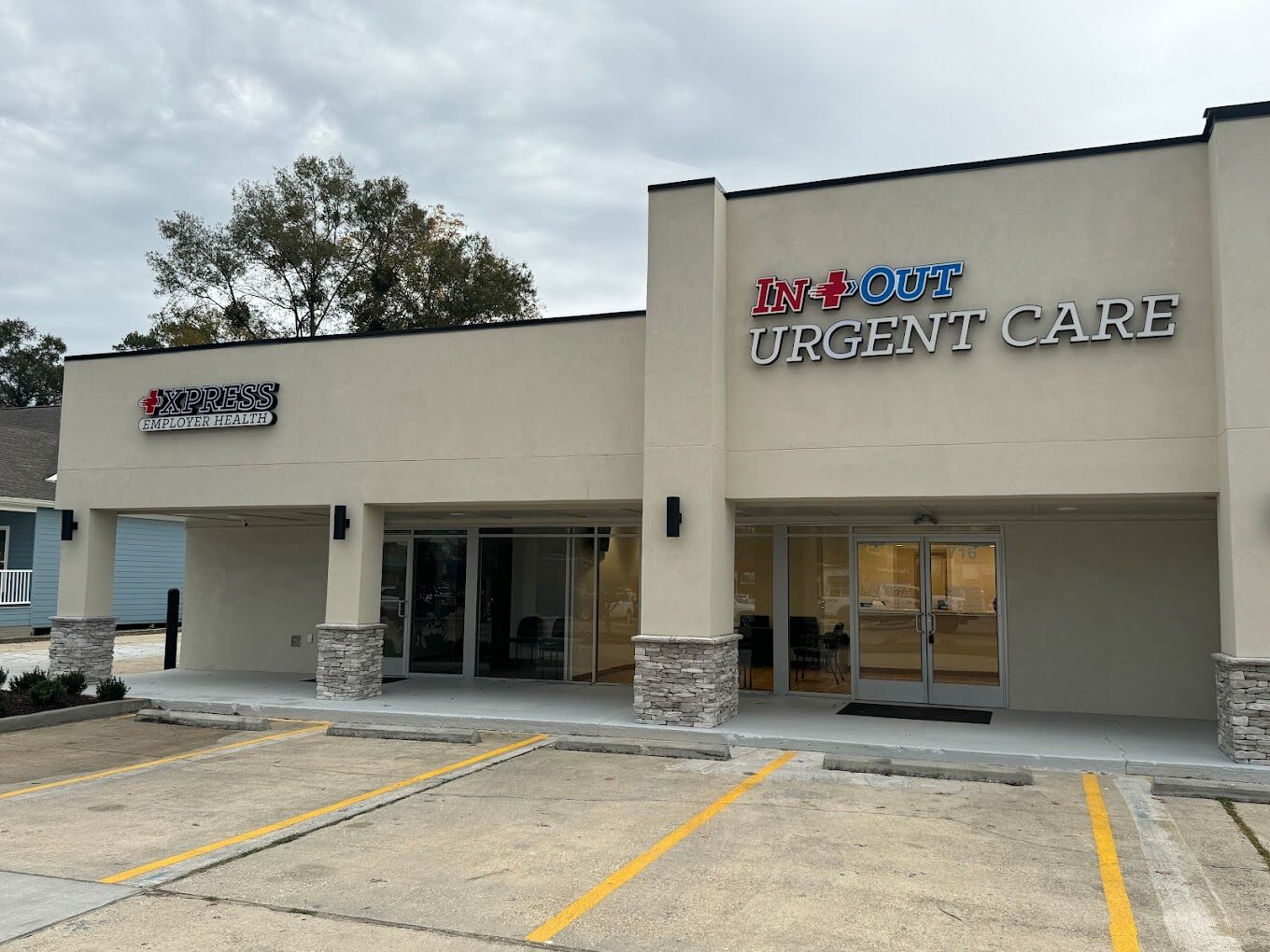The Importance of Urgent Care Centers in Bridging the Gap Between Medical Care and Emergency Situation Services
Immediate care facilities have actually become a crucial part of the healthcare landscape, efficiently attending to the important requirement for immediate medical focus without turning to emergency services. By offering care for non-life-threatening conditions, these facilities help to reduce the problem on emergency clinic and boost client access to prompt therapy. Their expanded hours and varied solutions deal with a growing population looking for choices to typical main care. However, the progressing function of urgent care facilities increases essential inquiries concerning their combination within the broader medical care system and the effects for individual results and resource allowance.
Overview of Urgent Care Centers
Immediate treatment centers have come to be an important part of the health care delivery system, giving available clinical solutions for non-life-threatening conditions. These facilities commonly run outdoors conventional office hours, offering patients an alternative to emergency clinic and main treatment setups. Patients looking for urgent care often present with problems such as minor injuries, infections, or diseases that need punctual attention but do not posture an instant risk to life or limb.
Urgent care centers are staffed by a variety of health care professionals, consisting of medical professionals, nurse professionals, and medical professional assistants, that are equipped to identify and deal with different clinical problems. They typically include diagnostic tools such as X-ray makers and laboratory services, allowing them to give thorough treatment on-site.
The establishment of immediate care facilities has been influenced by the increasing demand for prompt medical solutions in a busy culture, where clients might have a hard time to secure appointments with health care carriers. Consequently, these facilities aim to ease congestion in emergency situation departments, improving general health care performance. Additionally, immediate care facilities frequently work as a bridge in between health care and emergency situation services, ensuring that individuals receive ideal care customized to their specific clinical demands.

Benefits of Urgent Treatment Provider
Accessing timely clinical care is a significant benefit of immediate treatment services. These facilities supply prompt attention for non-life-threatening conditions, effectively lowering delay times contrasted to standard emergency situation departments. Individuals looking for take care of small injuries, health problems, or urgent health concerns can obtain therapy without the long delays often connected with hospital visits.
Another trick benefit is the extended hours of procedure. Numerous urgent treatment centers are open evenings and weekends, suiting patients who might not have the ability to see their health care supplier during common workplace hours. This versatility makes urgent care an obtainable option for those with active schedules or unexpected health and wellness problems.
Additionally, immediate treatment centers commonly offer a large range of solutions, consisting of analysis screening, X-rays, and fundamental lab solutions. This extensive strategy permits for quick diagnosis and treatment, enhancing individual complete satisfaction.
Furthermore, immediate treatment facilities are commonly extra cost-effective than emergency situation spaces, making them an attractive option for individuals without insurance coverage or those with high-deductible strategies. Overall, urgent care solutions play a critical function in providing obtainable, prompt, and cost effective healthcare.
Contrast With Medical Care
Commonly, patients usually consider their options in between urgent care facilities and health care carriers when looking for clinical interest. Both offer crucial functions in the medical care system, yet they vary significantly in access, extent, and expense.
Medical care service providers are typically the very first point of call for patients, focusing on long-lasting wellness management, precautionary care, and persistent disease administration. They supply continuity of treatment, cultivating a patient-provider partnership that enables extensive health analyses and personalized treatment strategies. However, scheduling a visit can be time-consuming, commonly calling for days or weeks beforehand.
On the other hand, urgent treatment facilities supply instant you could try this out take care of non-life-threatening conditions that call for timely attention, such as minor injuries or infections. These facilities typically operate beyond standard office hours, fitting patients who might not have the ability to visit their medical care provider throughout normal company times. Additionally, immediate treatment is generally a lot more cost-effective than emergency situation room visits, making it an appealing option for those with limited health care access.
Inevitably, while urgent treatment facilities and primary care providers both add to person health and wellness, they satisfy unique demands, making it critical for patients to figure out which choice finest straightens with their situations.
Emergency Situation Providers Interaction
The communication between immediate care facilities and emergency solutions is a crucial aspect of the health care landscape, especially when people deal with circumstances that may escalate in seriousness. Immediate care facilities act as a bridge between health care and emergency situation divisions, resolving non-life-threatening problems that call for instant attention. This partnership enhances client outcomes and optimizes resource allowance within the medical care system.
When individuals offer with not deadly yet urgent problems, urgent treatment facilities can effectively handle their demands, reducing blockage in emergency rooms. Facilities geared up with diagnostic capacities can facilitate prompt referrals to emergency solutions when an individual's condition surpasses the scope of urgent care treatment. This seamless communication helps make certain that individuals receive the appropriate degree of treatment without unneeded hold-ups.
Furthermore, effective communication in between urgent care companies and emergency services is important. Sharing person find out info and treatment backgrounds promotes collaborated treatment, minimizing the risk of repetitive tests and procedures. As healthcare proceeds to evolve, the dynamic relationship in between immediate care centers and emergency situation services will play a crucial role in boosting person care efficiency, satisfaction, and total health and wellness outcomes within the neighborhood.
Future of Urgent Treatment Facilities
As health care needs progress, the future of urgent care facilities is poised to come to be significantly essential to the general medical ecosystem (Urgent Care). These centers are likely to increase their roles by including innovative technologies, such as telemedicine, artificial intelligence, and digital wellness record assimilation. This will certainly boost person gain access to and improve treatment sychronisation in between immediate treatment, health care, and emergency solutions
Furthermore, immediate treatment facilities are expected to expand their solution offerings to consist of precautionary care and chronic illness management. This change will certainly place them as vital parts in managing populace health, reducing the concern on emergency situation divisions, and attending to gaps in medical care accessibility.
The expanding fad of value-based treatment will certainly additionally increase the makeover of urgent care centers, prompting them to concentrate on individual end results and contentment. Facilities may additionally adopt joint method models, working closely with professionals and medical care providers to make sure detailed client management.
Conclusion
In conclusion, urgent treatment facilities serve an important function in the medical care system by offering immediate access to therapy for non-life-threatening conditions, effectively relieving pressure on emergency solutions. Their extended hours and varied variety of solutions enhance client ease and fulfillment, while likewise ensuring ideal care delivery. As healthcare needs index continue to progress, the duty of urgent care facilities will likely end up being increasingly substantial, more bridging the gap in between medical care and emergency solutions.
The facility of immediate treatment centers has been influenced by the raising demand for prompt medical services in a fast-paced culture, where individuals may battle to safeguard consultations with key care suppliers. Furthermore, urgent care facilities typically offer as a bridge in between main treatment and emergency solutions, making sure that people get ideal treatment customized to their certain medical requirements.
Several immediate treatment facilities are open evenings and weekend breaks, suiting people that might not be able to see their primary care company throughout conventional workplace hours (Urgent Care). As health care proceeds to evolve, the dynamic relationship in between urgent care centers and emergency solutions will play a critical role in boosting client treatment performance, complete satisfaction, and general health outcomes within the neighborhood

 Tony Danza Then & Now!
Tony Danza Then & Now! Michael Oliver Then & Now!
Michael Oliver Then & Now! Bug Hall Then & Now!
Bug Hall Then & Now! Mason Reese Then & Now!
Mason Reese Then & Now! Andrew McCarthy Then & Now!
Andrew McCarthy Then & Now!